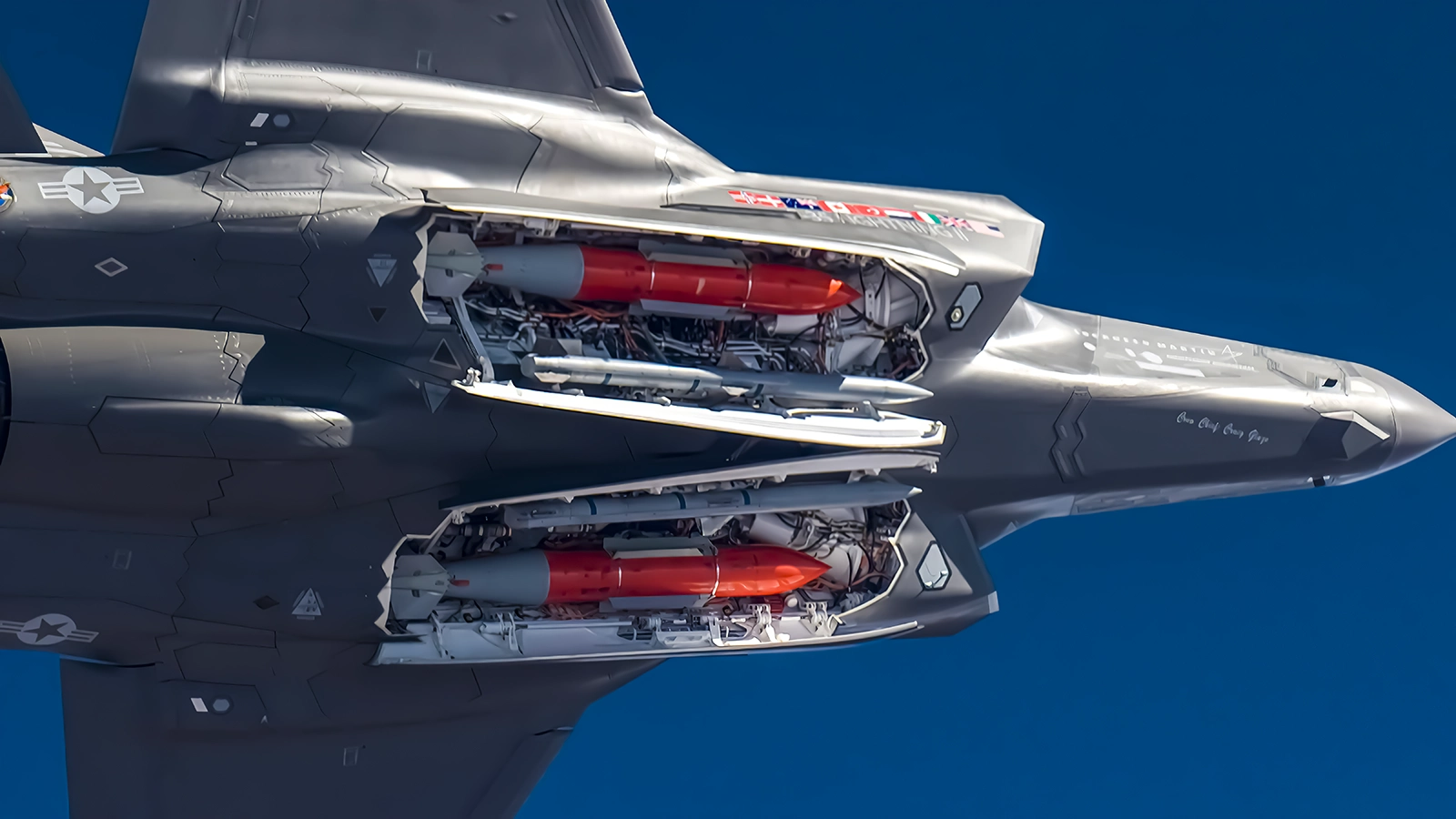The F-35 stealth fighter is a game changer in nuclear delivery with its advanced stealth capabilities.
Polish Prime Minister Mateus Morawiecki has announced Poland’s plans to join the Nuclear Sharing Program with the United States, considering the inclusion of B61 nuclear bombs in its fleet of F-35s.
The triggers for Poland’s change of position
This significant change in Polish policy comes as a response to Russia’s recent deployment of nuclear weapons and the nuclear arms-sharing agreement with Belarus. Russia’s main deployment platform for this weaponry would be Iskander ballistic missiles.

So far, the only active nuclear weapons-sharing agreements have been signed between the United States and its NATO allies: Belgium, Germany, Italy, the Netherlands, and Turkey. These countries, with the exception of Germany, have used F-16s and plan to replace them with F-35s for nuclear launches.
Poland and the F-35 fighters
Poland, a major F-16 user, plans to bolster its air force with 32 state-of-the-art F-35A fighters, expected to be delivered starting in 2026.
Known for its advanced stealth capabilities, the F-35 has revolutionized nuclear delivery strategies, enabling effective close-range approaches despite detection by advanced sensors.

Non-stealthy aircraft like the F-16, which has been in service since 1978, are facing questions about their ability to drop gravity bombs like the B61, given significant improvements in air defense technologies.
Poland-Russia Relationship and military repercussions
Poland’s stance towards Russia has been remarkably forceful. According to reports, Poland could have more than 20,000 military contractors fighting in Ukraine against Russia, being the main foreign contributor.

In addition to fighting, Polish militias have taken a leading role in the conflict, participating in recent assaults on Russian territory. Poland has also supplied Ukraine with considerable military hardware, including the delivery of German-built Leopard 2A4 tanks.
Prospects and risks of nuclear sharing
The move towards sharing nuclear weapons may place Poland in the position of a semi-nuclear weapon in the event of a war. The B61 bombs could be quickly transferred to the Polish Defense Ministry.
However, this plan poses a significant risk, as it could undermine global non-proliferation efforts, allowing an increasing number of states to obtain offensive nuclear capabilities.
What is Poland’s plan regarding B61 nukes and F-35s?
Poland, under the leadership of Prime Minister Mateus Morawiecki, plans to join the Nuclear Sharing Program with the United States, which would involve incorporating B61 nuclear bombs into its fleet of F-35 fighter jets.
Why is Poland considering the use of B61 nuclear bombs on F-35 aircraft?
Poland’s consideration of the use of B61 nuclear bombs on its F-35 aircraft comes in response to Russia’s recent nuclear weapons deployment and nuclear weapons sharing agreement with Belarus.
What are the advantages of the F-35 aircraft in Poland’s nuclear launch strategy?
F-35 aircraft have revolutionized nuclear delivery strategies and are renowned for their advanced stealth capabilities. They allow effective close-range approaches despite detection by advanced sensors, making them ideal for dropping B61 bombs.
What does the use of B61 nuclear bombs on F-35 aircraft mean for Poland?
The use of B61 nuclear bombs on F-35 aircraft could place Poland in the position of a semi-nuclear weapon in the event of war, as these bombs could be quickly transferred to the Polish Defense Ministry.
What is the global impact of Poland’s plan to use B61 nuclear bombs on F-35 aircraft?
Poland’s plan to use B61 nuclear bombs on F-35 aircraft presents a significant risk, as it could undermine global non-proliferation efforts. This would allow an increasing number of states to obtain offensive nuclear capabilities.



